|
0 Comments
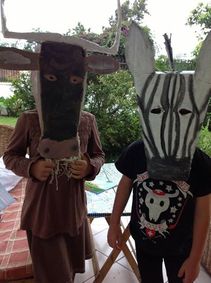 March 6, 2014 was World Book Day, and our friend Andrea Athanas was on hand to read The Amazing Migration of Lucky the Wildebeest to a packed classroom of children and parents at Braeburn School in Arusha, Tanzania. This tri-lingual children's book, produced by the Wild Nature Institute, tells the story of the Tarangire wildlife migration from the point of view of a young wildebeest. The book is written in three languages - Maa (the tribal language of the Maasai people), Swahili (the national language of Tanzania), and English (the country's second national language). The book teaches ecological lessons about migration and the fascinating wildlife of the East African savanna, and promotes literacy among rural Maasai children. On World Book Day, children and teachers dress up like their favorite book characters. We were so happy that Andrea's kids, Amelia and Alexander, dressed up as Bahati (Lucky) the Wildebeest and Upendo (Love) the Zebra, the characters from our book. Their costumes were fantastic! Andrea is a staff member of the African Wildlife Foundation and an integral partner in making this book a reality. The African Wildlife Foundation has been a staunch supporter of this project, securing funding from USAID so we could print 3,000 copies of the book! Thanks to Rufford Foundation, Burners Without Borders, and Dave & Pat Gibbons, our partners at Inyuat e Maa were able to distribute more than 1,000 of the books to underprivileged Maasai children at rural schools located in the wildlife migration route between Tarangire National Park and Lake Natron. More will be distributed in the coming months. We are very grateful to Andrea and all the wonderful people who helped us write, print, and distribute the Amazing Migration to children from Arusha to Lake Natron! With science, education, and advocacy, we just might be able to save this endangered migration and the ecological integrity of the Tarangire Ecosystem.
We visited two of Tanzania's most famous and spectacular wildlife parks over Christmas and New Year. Accompanied by our visiting friend Philip Krohn, we spent several days viewing thousands of wildebeests, zebras, and gazelles on their annual migration through the Ngorongoro Conservation Area and the southeastern Serengeti plains, as well as those that live within the stunning Ngorongoro Crater. We also enjoyed the various trees, insects, birds, predators like servals and hyenas, and all the other forms of life that thrive in these massive protected areas. These are some of the world's most well-known parks, and for good reason: Ngorongoro Crater has the densest population of wildlife in Tanzania, including of lions, and the Serengeti hosts the most numerous large-mammal migration on the planet. They are truly wonders of the world, and we are thankful Tanzania had the foresight to conserve these critical areas. Please enjoy these two slideshows with some of our best photos from the trip. Ngorongoro Crater and Plains Serengeti Plains |
Science News and Updates From the Field from Wild Nature Institute.
All Photos on This Blog are Available as Frame-worthy Prints to Thank Our Generous Donors.
Email Us for Details of this Offer. Archives
July 2024
|
|
Mailing Address:
Wild Nature Institute PO Box 44 Weaverville, NC 28787 Phone: +1 415 763 0348 Email: [email protected] |
|



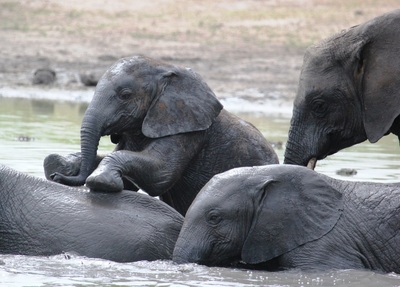
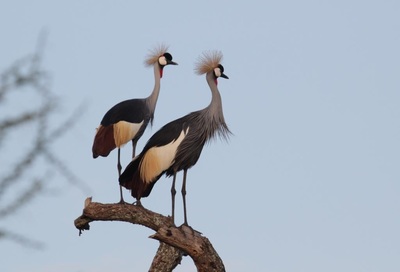


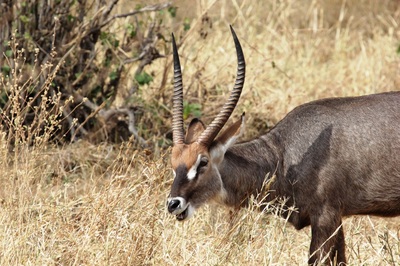

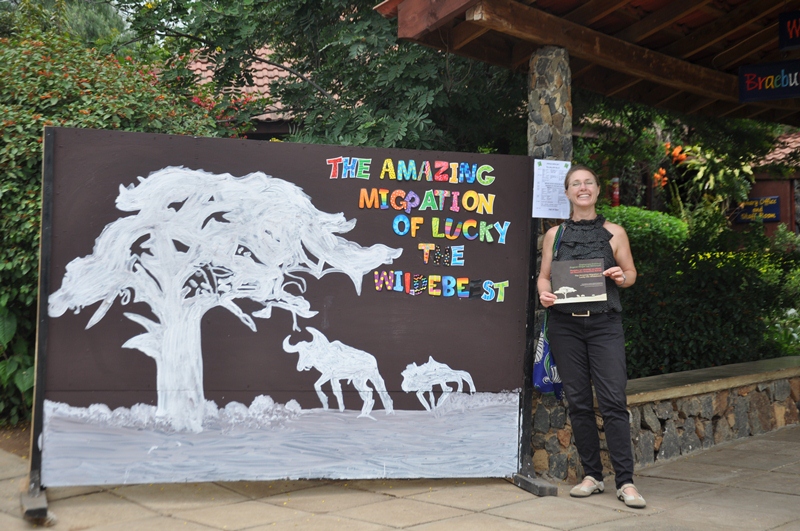
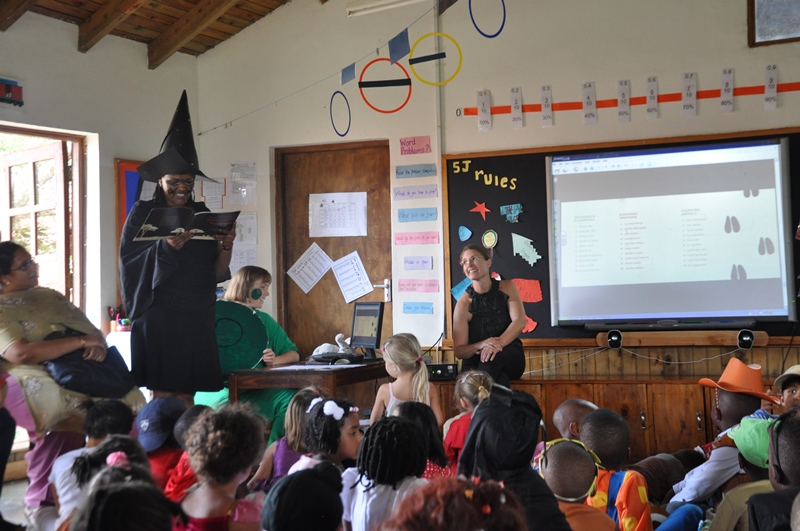
 RSS Feed
RSS Feed
